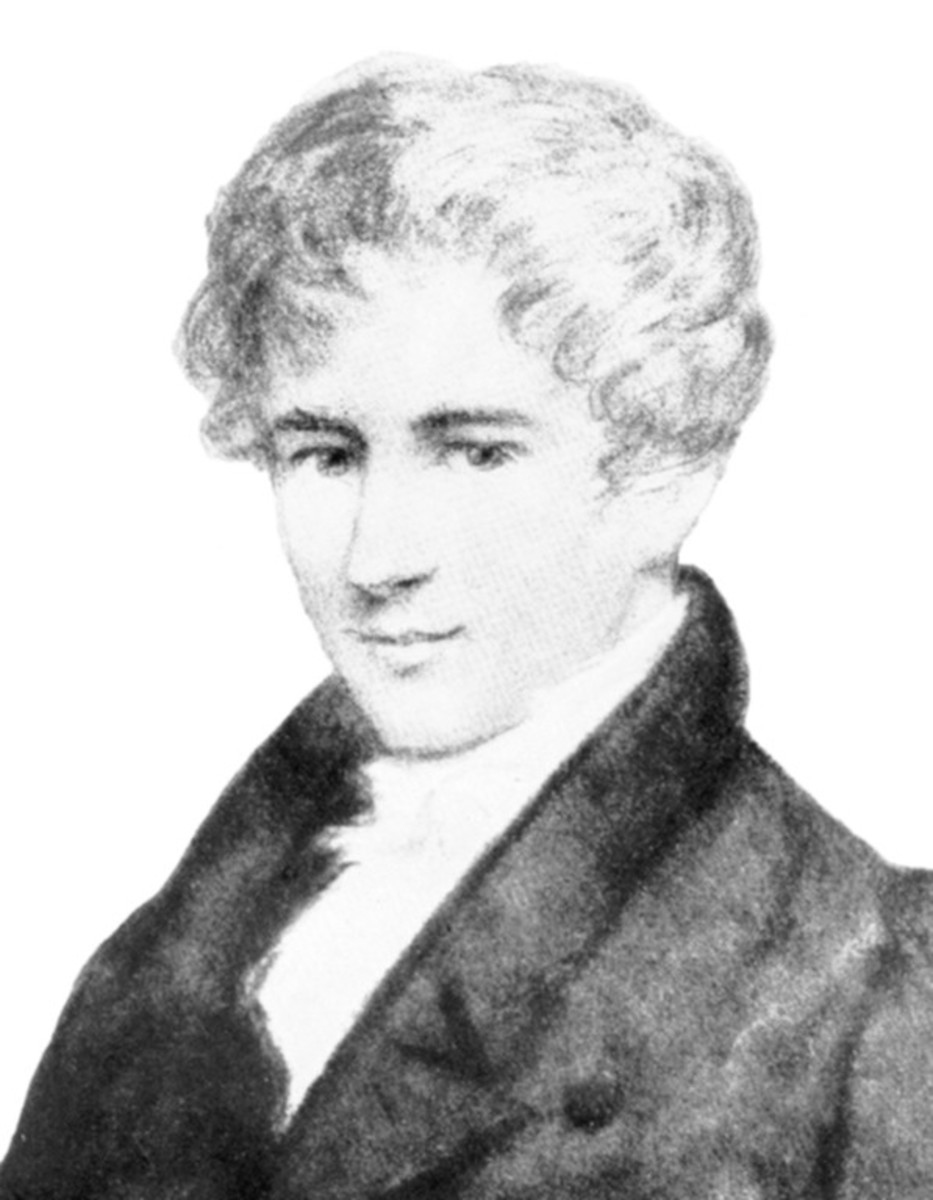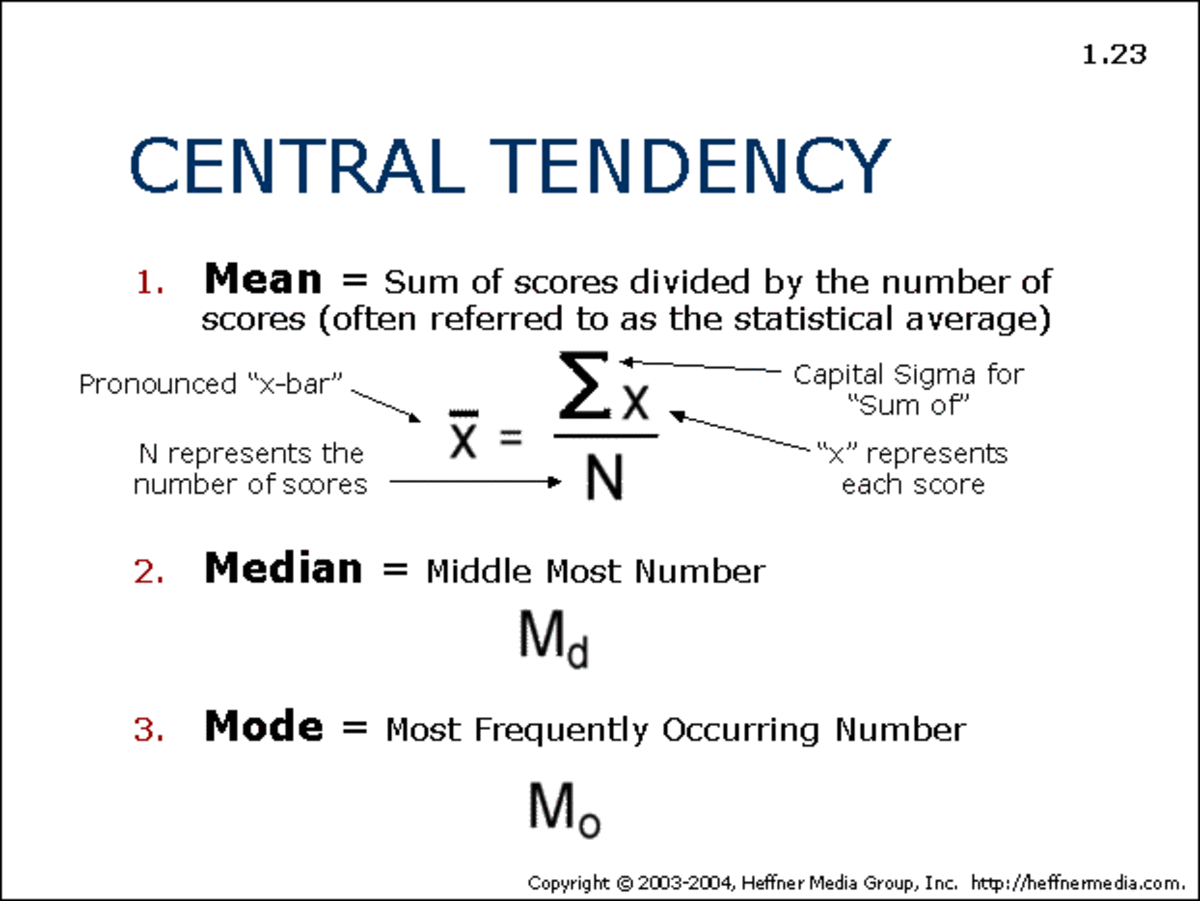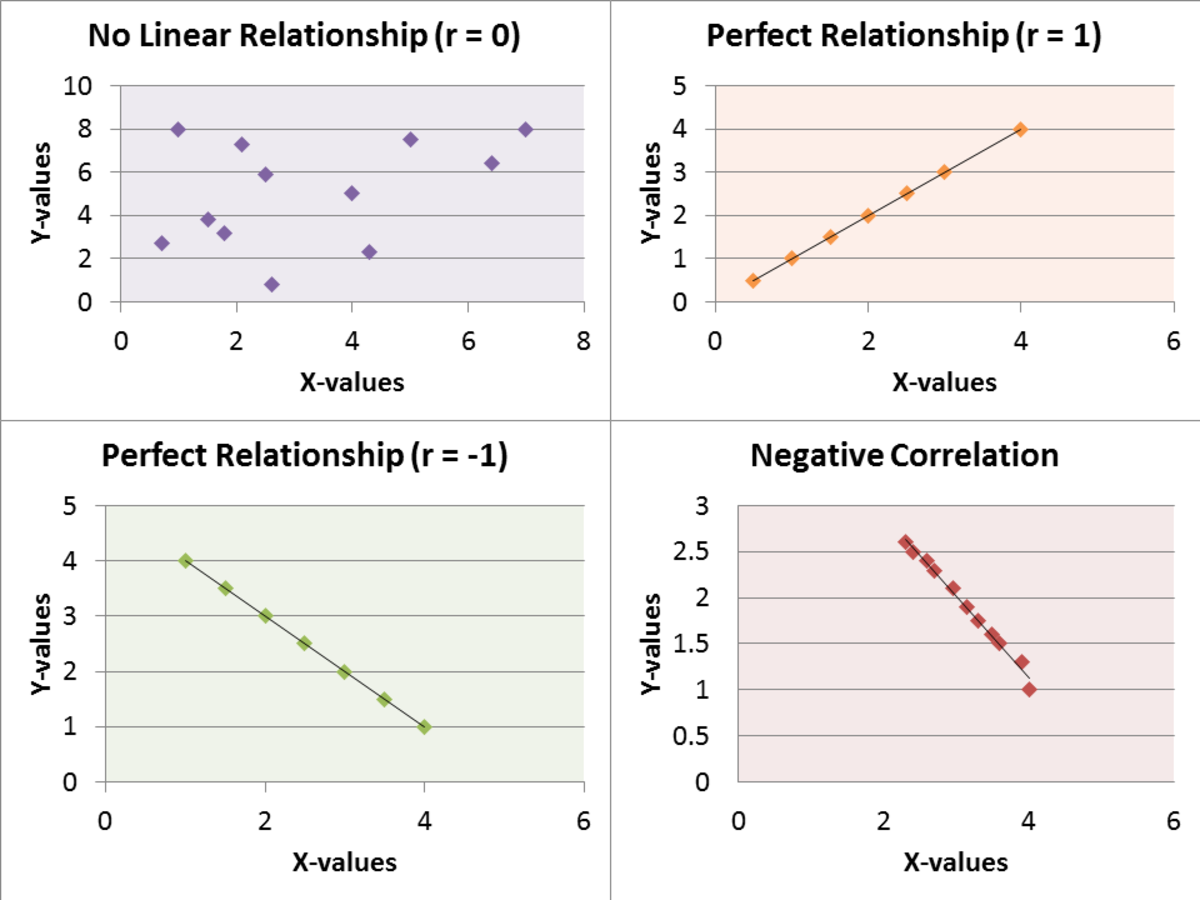Applications of Probability
Applications of Probability
Introduction
Probability refers to an area in mathematics dealing with the calculation of the likelihood of the occurrence of a particular event. Ordinarily, the expression of probability lies between 0 and 1. The implication, in this case, is that when an event has a probability of 1, then there is the certainty that the event will come to pass (Kawata, 2014). An example of an event with a probability of 1 is the possibility of a tossed coin resulting in either “tails” or “head.” This means that besides the predicted outcomes, there is no possibility of any other option because when a coin is tossed, it is only the tail or the head that will appear since a coin has only two faces.
On the other hand, an event that has a 0.5 probability has equal odds of occurring. For instance, using the same coin, the probability of a tails’ result is 0.5 because the possibility of a heads’ outcome is just as probable. Either event can take place because either the faces have equal chances of appearing when the coin is tossed (Von Mises, 2014). These instances appear simply because the presentation involves an event that has only two possibilities. However, there are other cases where chances are thin and the likelihood of an event occurring may be as limited as one-hundredth.
At the same time, an event with the probability of zero (0) refers to a case of impossibility. This means that in all possible outcomes, the said event has no chance of occurring. For instance, when tossing a coin, there is absolutely no way that the coin will land flat without the tail or the head facing up (Ash, 2014). Therefore, the probability is 0.
The mathematical expression of probability takes the form of the number of occurrences of a targeted event divided by the number of occurrences then adding the number of the failures of occurrences. Such an expression will add up to the total of probable incomes.
p(a) = N(a)/[N(a) + N(b)], in which case N(.) remains the number of occurrences of the events 'a' and 'b'.
The calculation of probabilities in a scenario like tossing a coin appears straightforward since the results are equally exclusive. Either the first event or the other has to occur. In this case, therefore, each coin toss remains an independent event; implying that the result of one trial does not affect the successive ones. Irrespective of how many subsequent times aside lands facing up, the likelihood that the same result outcome will be realized in the next toss is habitually 50-50, or 0.5, or 50% or ½ (Conrick & Hanson, 2013). The flawed notion that a number of subsequent outcomes (for instance six "heads") make it more probable that the following tossing will end up in a "tails" is referred to as the gambler's fallacy (Von Mises, 2014). It is estimated that the concept of the gambler’s fallacy is responsible for massive losses experienced by bettors.
History
The theory of probability traces its origin back to the 17th century and is attributed to two iconic French mathematicians named Pierre de Fermat and Blaise Pascal. The duo carried on a correspondence in which they discussed mathematical issues that dealt with games of chance. The concept has progressed and what is seen in the contemporary setting is advanced applications of the concept in which it is used to run an array of human inquiry such as elements in music, weather prediction, computer programming, astrophysics, and medicine among others Ash, 2014).
Applications of Probability
The application of probability dominates what happens in our daily life experiences in contemporary society. Most importantly, the concept is widely applicable in the risk assessment industries as well as modeling (Conrick & Hanson, 2013). Actuarial science is applied in the insurance industry and markets in the determination of policy-making, pricing, and decision making on trading. The government also applies the concept of entitlement analysis, financial regulation, and environmental regulation among other areas.
A suitable instance when probability can be applied is in the probability theory in equity trading. This concept is widespread in the Middle East whereby the apparent possibility of conflicts affects oil prices (Fristedt & Gray, 2013). The same have ripple effects on the economy of the entire region. Therefore, if a commodity trader assesses and finds that a war is more probable, the commodity in question may have its prices shooting upwards, signaling other players in the industry because of the assessment’s opinion. For that reason, the probabilities are not evaluated autonomously or with rationality. The behavioral finance theory surfaced to explain the impact of groupthink on policy, peace, and conflict coupled with pricing.
Mathematical Treatment of Probability
Within an experiment that normally produces a variety of outcomes, the assortment of entire probable outcomes is known as the experiment’s sample space. The sample space’s power set is arrived at by taking into consideration all different assortments of probable outcomes. For instance, when a dice is rolled, six results are possible. A collection of probable outcomes brings an odd number on the existing dice. Consequently, the subset {1, 3, 5} remains a component of the power set of the underlying sample space of dice rolls. The assortments are referred to as "events," which is to say that {1, 3, 5} is the event that an odd number will result from the fall of the dice (Conrick & Hanson, 2013). Events differ depending on the expression of the probability in question. For instance, there are independent events, mutually exclusive events, and not mutually exclusive events.
Independent events is represented as P(A and B) = P(A ∩ B) = P(A) P(B)
Mutually exclusive events are represented as P(A or B) = P(A ᴗ B) = P(A) + P(B)
The not mutually exclusive events take the form of P(A or B) = P(A) + P(B) – P(A and B)
The probability of an event A is mathematically expressed as P(A) or Pr(A). Even though the probability is most definite, its definition can be extended to include infinite sample spaces or possibly myriad sample spaces, by applying the theory of a measure (Kawata, 2014).
Design
In geometry, the octahedron is considered as one of five Platonic solids and formed from eight equilateral triangles. It created by congruent square pyramids with a connected base. The octahedron has five solids in terms of the set of Platonic solids coupled with the one with eight faces.
The octahedron is considered as a three-dimensional object and composed of one- and two-dimensional parts. The major parts of the octahedron are base, face, edge, and vertex. The base of an octahedron is normally a square. The base of the octahedron is the square amidst the two pyramids. An octahedron has eight faces, which are all within the shape of equilateral triangles. Moreover, these faces form the surface area of the octahedron and the underlying square that is the base of the octahedron is not normally section of the surface area; thus, the base is not considered as a face.
Edge of the octahedron is formed when two faces touch the underlying line segment making to have 12 edges. When the two edges intersect they usually form a vertex. The octahedron has six vertices with every vertex is formed when four edges intersect.
Every vertex possesses four edges that touch it and the edges link the vertex with four of the other existing five vertices. Moreover, there is one vertex known as non-adjacent vertex that is not linked to the vertex by an edge. The distance from any vertex to its underlying non-adjacent vertex to the length of any edge times the square root of two. The line formed by developing the vertex to non-adjacent vertex is known as the hypotenuse of a right triangle. Two of the existing edges form the legs of the right triangle.
Edges and vertex of octahedron
c
References
Ash, R. B. (2014). Real Analysis and Probability: Probability and Mathematical Statistics: A Series of Monographs and Textbooks. Academic press.
Conrick, C., & Hanson, S. (2013). Normal Distribution, Probability, and Modern Financial Theory. Vertical Option Spreads: A Study of the 1.8 Standard Deviation Inflection Point, 93-109.
Fristedt, B. E., & Gray, L. F. (2013). A modern approach to probability theory. Springer Science & Business Media.
Kawata, T. (2014). Fourier analysis in probability theory (Vol. 15). Academic Press.
Von Mises, R. (2014). Mathematical theory of probability and statistics. Academic Press.
This content is accurate and true to the best of the author’s knowledge and is not meant to substitute for formal and individualized advice from a qualified professional.
© 2020 Michael Omolo





